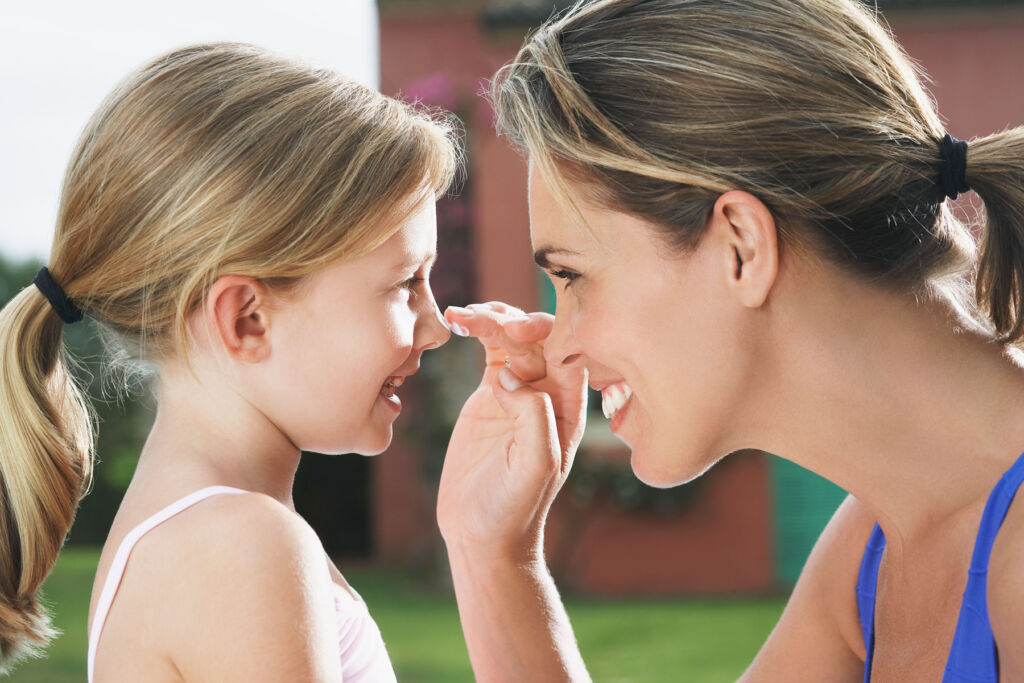
According to the latest research from Hada Labo Tokyo, Millions of Brits are at risk of skin cancer and irreversible sun damage by failing to apply sunscreens effectively. In this feature, GP Dr Hilary Jones and Dr Catherine Hood, advisors to Hada Lobo Tokyo, discuss the dangers and ways to mitigate the risks.
According to Hada Labo Tokyo — the Japanese skincare brand centred on science, innovation and user experiences[1], at least two in five women fail to apply sunscreens effectively[2]. Additionally, one in four will ignore recent British Association of Dermatologists (BAD) warnings that we should use sunscreen for half the year.[3]
The same Hada Labo Tokyo real-world research poll shows that two in five women (44%) do not use sunscreen; when they do, a third (32%) use a product with an SPF of 20 or lower.
Even this underestimates the extent of the problem. The Hada Labo Tokyo survey shows that 29% of females only apply sunscreen when they are outside or already showing signs of sunburn — despite NHS advice that it should be applied TWICE before going out, once 30 minutes before and again just before venturing outside.[4]
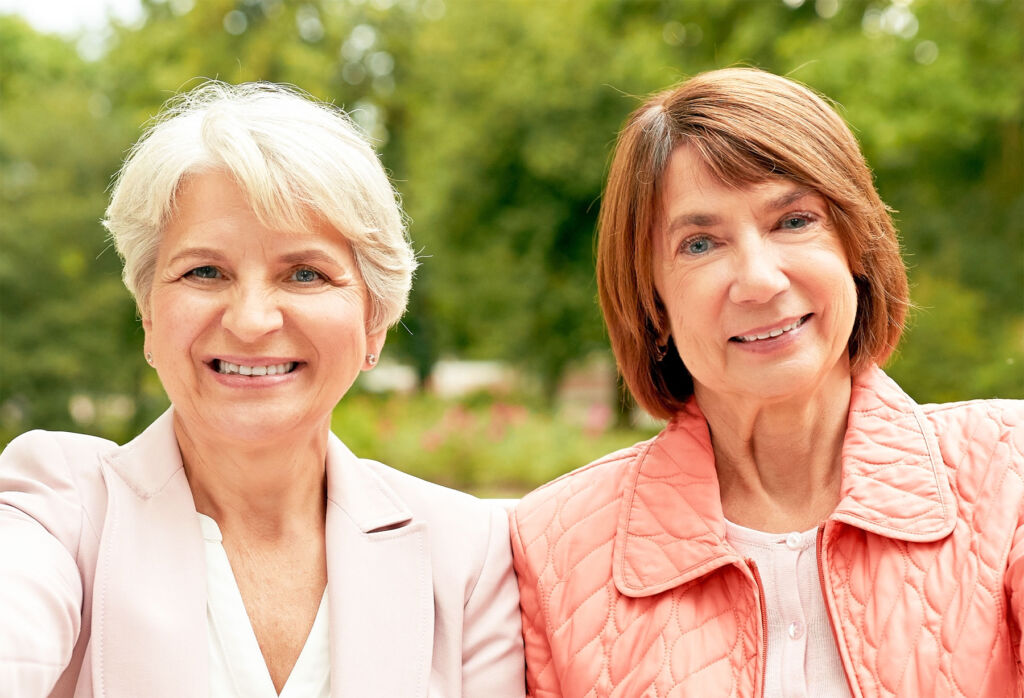
Older women — who are at the highest risk of skin cancer after a lifetime of exposure — are the least likely to protect their skin, with only 48% using sun protection daily, compared to 64% of 18- to 24-year-olds.
Malignant melanoma is now the fifth most common cancer in the UK[5], and the number of people diagnosed with this often-deadly cancer has more than doubled since the 1990s.[6] Every year, there are 16,700 new cases, and almost nine out of ten of these (86%) are entirely preventable.[7]
So, too, are the more than 200,000 non-melanoma cancers — which are slower growing and less likely to spread — that are diagnosed every year.[8],[9]
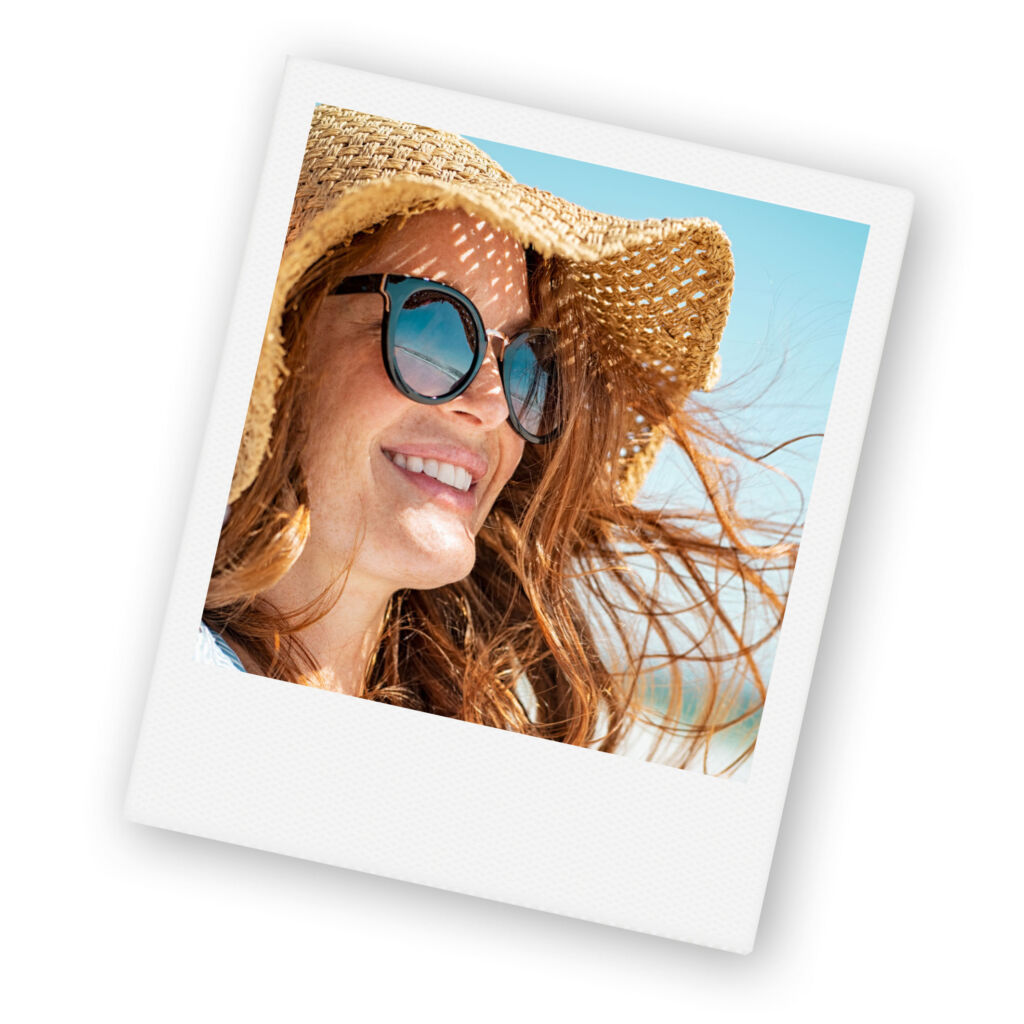 Dr Hilary Jones, an adviser to the Hada Labo Tokyo Skin Care Panel, says, “The reality is that our love affair with the sun means that one in five people in the UK will develop skin cancer at some time in their life — and climate change means this risk will continue to rise if we do not do more to prevent sun damage.[10]
Dr Hilary Jones, an adviser to the Hada Labo Tokyo Skin Care Panel, says, “The reality is that our love affair with the sun means that one in five people in the UK will develop skin cancer at some time in their life — and climate change means this risk will continue to rise if we do not do more to prevent sun damage.[10]
“In recent years, we have spent millions of pounds promoting sun safety and raising awareness of the risks of sunburn and the importance of sunscreens, but the message simply isn’t getting through.
“As a paper published nearly ten years ago pointed out, we have failed to curb the incidence and mortality rates.’ Shockingly, death rates are now higher in the UK than in Australia.”[11]
Women’s health specialist and a member of the Hada Labo Tokyo Skin Care Panel, Dr Catherine Hood, believes, “It’s time we stopped simply repeating messages and campaigns which aren’t working and look at why people are not using sunscreens, despite clear evidence that they will help to save our skin and possibly our lives.
“The only way we will address this public health challenge is to find out why people are choosing not to use sunscreens as often as they should.”
Rays: the risk
The new Hada Labo Tokyo research confirms that, despite repeated warnings of the risks, 45% of women still consciously try to get a suntan, with 18- to 24-year-olds the most likely to work on a tan (54%). However, this declines with age, with 48% of 25- to 34-year-olds, 43% of women aged 34 to 45 and 40% of 45- to 60-year-olds saying they knowingly try to get a tan.
On average, British women spend 2.4 hours a day outside, which Dr Catherine Hood says: “Is more than enough to inflict serious sun damage, even on a cloudy summer day.”
The Hada Labo Tokyo survey identifies a number of issues with sunscreens which put people off using them:
- Half (50%) dislike the marks sunscreens can leave on the skin
- 49% are put off by their greasiness
- 46% don’t like products which leave skin feeling sticky
- A third (32%) say they clog up skin pores
- 24% dislike creams that are difficult to rub in
- A quarter (24%) say products sometimes trigger skin break-outs
- 20% are worried about ingredients such as parabens, and
- 14% are put off by thick, gloopy products
Hada Labo Tokyo’s research also highlights some damaging gaps in how we use sun-care products, with 70% of those surveyed unaware of the British Association of Dermatologists (BAD) recommendation that we should wear sunscreens for six months of the year.[12]
Yet the latest Hada Labo Tokyo data shows more than half of British women (53%) only use an SPF sunscreen when it’s sunny, a quarter (25%) only use sunscreen when they’re on holiday, and 14% don’t think they need to use an SPF product at all.
Dr Catherine Hood says, “While it’s true that people who are fair and have red or blond hair are at most risk of sunburn, everyone is at risk, and there is no room for complacency. There is also evidence that people with dark skin are more likely to die from malignant melanoma because it is often not diagnosed until it is too late.” [13]
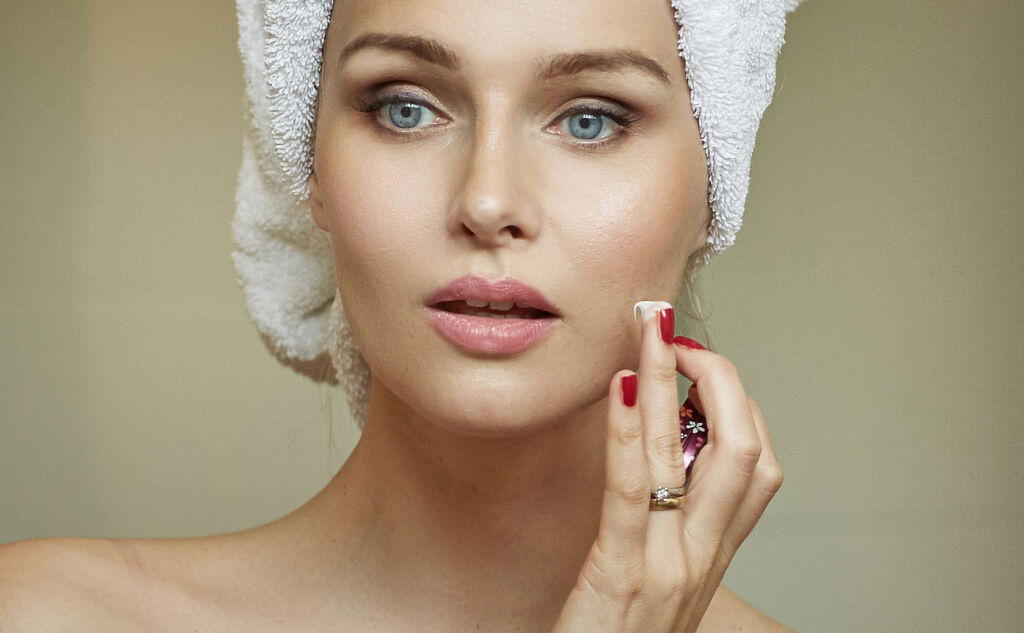
Real-world applications
The NHS warns that most people do not use enough sunscreen and advise that around six to eight teaspoons are needed to provide all-over protection for an adult. Sunscreens should be applied 30 minutes before going out, again just before exposure and reapplied liberally and frequently — every two hours — while you remain in the sun.[14]
Three-quarters of the women (74%) surveyed for Hada Labo Tokyo said that when using sunscreen on a hot summer’s day, they applied it to all exposed areas, but 13% protected only their face, and one in five (21%) said they never applied sun cream to their feet.
Dr Hilary Jones adds, “This is a rookie error as feet are a danger zone for burning when we swap shoes and socks for sandals and flip-flops.”
But when asked about their use of sunscreens on a warm UK day, only half (51%) said they applied it all over, 20% said they would protect only their face, and 15% said they wouldn’t bother at all.

Similarly, 68% of those surveyed said they applied sunscreen more frequently when they have travelled to a warm holiday destination than they do when they’re at home in the UK.
Dr Catherine Hood says, “Although we’re more conscious of the risk of sunburn when we’re away, it’s still very easy to get burnt when you spend time outside in the UK, particularly if we see more of the heatwaves and extreme temperatures we witnessed last year. “Other confirms that 40% of people in Great Britain were burnt at least once in 2022.[15]”
Real-world solutions – The science of sun care
Now Hada Labo Tokyo, the cult beauty brand from Japan, has addressed these challenges with two new sun care products which combine the latest skin science and innovations from the East with strong European sunscreen standards and regulations.
Hada Labo Tokyo’s water-resistant moisturising sunscreens — in SPF 50 face cream and sun lotion formats — protect against sunburn and the signs of ageing on multiple fronts:
Three different UV filters provide proven protection against both UVA and UVB via physical and chemical modes of action.
Anti-ageing ingredients include three forms of hyaluronic acid:
- Sodium Hyaluronate — a water-binding hydration hero that helps replenish moisture lost from the outer-most layer of skin. Each molecule can hold up to 1000 times its weight in water.
- Super Hyaluronic Acid — also known as sodium acetylated hyaluronate, was developed to increase affinity with the skin and lock in moisture to provide prolonged hydration.
- Nano Hyaluronic Acid — also known as hydrolysed hyaluronic acid, is made up of even smaller molecules to maximise moisture retention deep within the epidermis and help combat wrinkles and other signs of ageing.
- Squalane — a moisturising lipid, which is found in human sebum, helps to repair the skin barrier, boosts collagen and counteracts wrinkles.
- Panthenol — an antioxidant and lubricant derived from vitamin B5, which enhances the appearance and feel of the skin.
Clinical trial data
A dermatologist-controlled clinical trial recruited women and men aged from 23 to 68 was put into place to test the Hada Labo Tokyo Water-Resistant Moisturising Sunscreen: Sun Lotion SPF 50 to use the product in a range of real-world settings, including sun-bathing, for 28 days. Participant scores on usability were combined with laboratory tests to monitor skin changes.[16]
Key findings include:
- 100% of trial participants agreed the sunscreen:
- Provides a long-lasting and strong moisturising effect
- It is easy and pleasant to apply
- Can be worn under make-up (100% of women)
- Doesn’t leave white streaks
- Sand does not stick to the cream on application
- 96% said it was quickly and completely absorbed
- 92% reported it regenerates skin and had a light, non-greasy formula
- 88% said it left skin dry to the touch and looking matt
- 84% confirmed it had firmed their skin
- 64% said small wrinkles were less visible
Before and after assessments of skin hydration via a Corneometer — a clinically recognised precision tool used to measure moisture in the epidermis — showed:
- An average 14% increase in skin hydration in 28 days[17]
- A 23% increase in skin moisture in one super-responder participant[18]
Analysis of wrinkles using a Primos 3D Lite showed:
- 100% of participants had fewer wrinkles overall
- The average reduction in wrinkle count was 14%
- The length of wrinkles was reduced in 90% of participants
- The average reduction in wrinkle length of 4%
- The depth of wrinkles was reduced in 70% of participants
- The average reduction in wrinkle depth: 3%
- Wrinkle area reduction in 100% of participants, with an average of 5% less
Radiation hazards
UVA rays have a longer wavelength and are primarily associated with skin ageing UVB has a shorter wavelength and commonly cause burning.
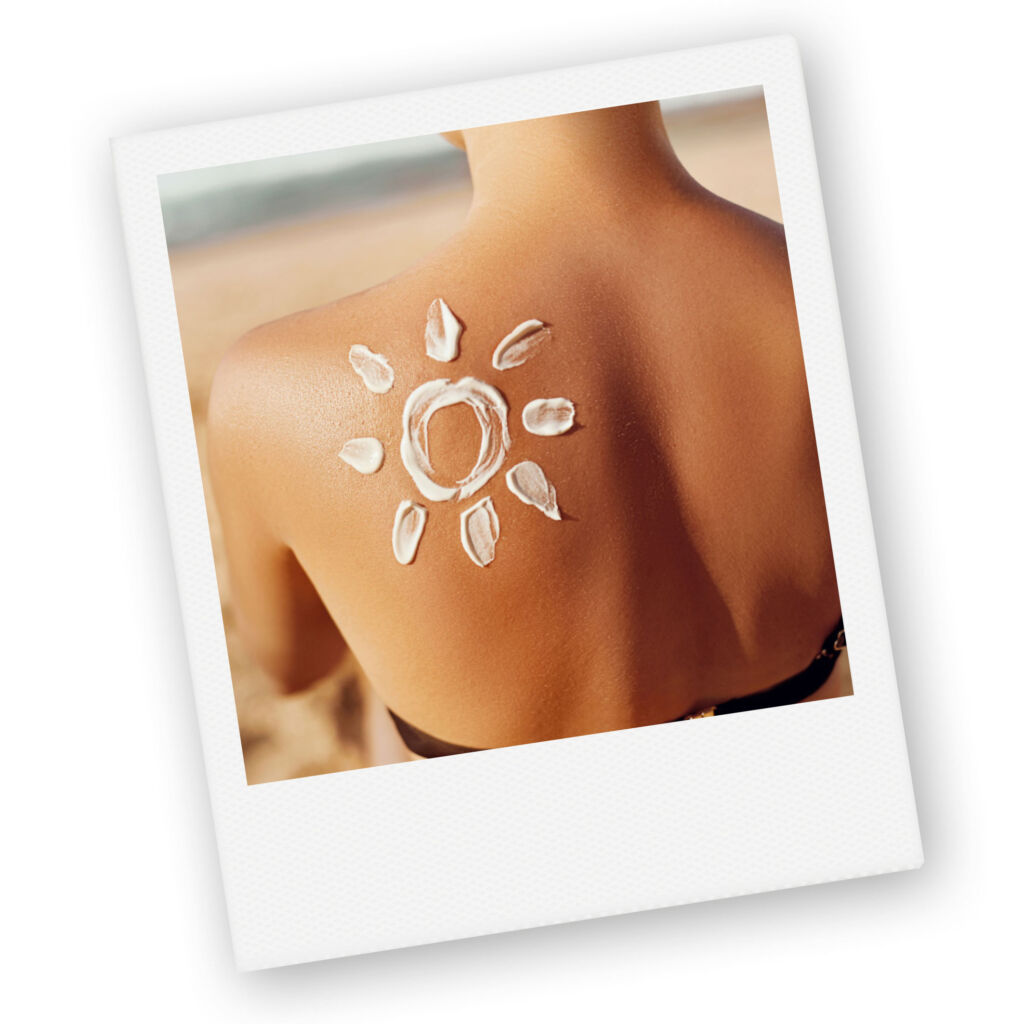 Pigmentation disorders are strongly linked to UV exposure. One research team concluded that environmental factors — especially sun exposure — influence clinical signs of ageing, and UV exposure may be the cause of 80% of visible signs of facial ageing.[19]
Pigmentation disorders are strongly linked to UV exposure. One research team concluded that environmental factors — especially sun exposure — influence clinical signs of ageing, and UV exposure may be the cause of 80% of visible signs of facial ageing.[19]
Dr Hilary Jones warns, “If you get sunburnt once every two years, or ten times in a decade, your risk of developing melanoma skin cancer roughly trebles compared to people who’ve never had a sunburn.
“Another study showed that combined analysis in the International Journal of Cancer found that women who’ve had ‘painful’ or ‘severe’ sunburn at least 26 times in their life have a two to three times higher risk of developing melanoma skin cancer.” [20]
Hydration hero
Hyaluronic acid has a phenomenal capacity to lock water in and keep connective tissues hydrated. On average, an adult has around 15g of HA, with a third of this found in the skin — but our levels begin to fall in our twenties and have halved by the time we are 50.[21],[22]
Japan — the home of Hada Labo Tokyo — leads the way in the science of HAs. Japanese scientists pioneered the techniques used to create nano-size particles of HA, which can penetrate deep into the dermal level of the skin.
These water-resistant moisturising sunscreens not only provide excellent UVA and UVB protection, but they also deliver sustained skin hydration and effective anti-ageing ingredients with the luxury of a premium beauty brand.
Dr Catherine Hood adds, “As anyone who has already tried a product, or more, in the Hada Labo skincare range, once you’ve experienced the power of these ultra-light formulations, there’s no going back to the brands you’ve used in the past.”
More information can be found on the brand’s global website, www.hadalabotokyo.com.
Images courtesy of Hada Labo Tokyo.
Read more lifestyle news, guides and features here.
References:
- [1] An omnibus survey of 1003 adults conducted by Perspectus Global in May 2023
- [2] Based on response to Q8 showing only 53% apply sunscreen 30 minutes before exposure
- [3]
- [4] https://www.nhs.uk/live-well/seasonal-health/sunscreen-and-sun-safety/
- [5] https://www.cancerresearchuk.org/health-professional/cancer-statistics/incidence/common-cancers-compared#heading-Zero
- [6] https://www.cancerresearchuk.org/health-professional/cancer-statistics/statistics-by-cancer-type/melanoma-skin-cancer#heading-Zero
- [7] https://www.cancerresearchuk.org/health-professional/cancer-statistics/statistics-by-cancer-type/melanoma-skin-cancer#heading-Zero
- [8] https://www.bad.org.uk/40-of-brits-sunburnt-in-2022s-extreme-heatwave/
- [9] https://www.nhs.uk/conditions/non-melanoma-skin-cancer/
- [10] https://www.bad.org.uk/40-of-brits-sunburnt-in-2022s-extreme-heatwave/
- [11] https://www.researchgate.net/publication/259628888_A_critical_evaluation_of_the_UK_SunSmart_campaign_and_its_relevance_to_Black_and_minority_ethnic_communities
- [12]
- [13] https://www.ncbi.nlm.nih.gov/pmc/articles/PMC5454668/
- [14] https://www.nhs.uk/live-well/seasonal-health/sunscreen-and-sun-safety/
- [15] https://www.bad.org.uk/40-of-brits-sunburnt-in-2022s-extreme-heatwave/
- [16]Data on file
- [17] 40.8 before, 46.5 after, difference of 5.7. 100 divided by 100 x 5.7 = 13.9, rounded to 14% or https://www.calculator.net/percent-calculator.html?c3par1=40.8&c3par2=46.5&ctype=3&x=53&y=18#pctdifference
- [18] 35.9 before, 44.1 after https://www.calculator.net/percent-calculator.html?c3par1=35.9&c3par2=44.1&ctype=3&x=0&y=0#pctdifference
- [19] Flament, F. et al. (2013). https://pubmed.ncbi.nlm.nih.gov/24101874/
- [20] Olsen, C. M. et al. (2011). https://pubmed.ncbi.nlm.nih.gov/20857492/
- [21] https://link.springer.com/article/10.1007/s13555-021-00566-0
- [22] https://www.jaad.org/article/S0190-9622(16)00202-4/fulltext#relatedArticles
![]()




You must be logged in to post a comment.